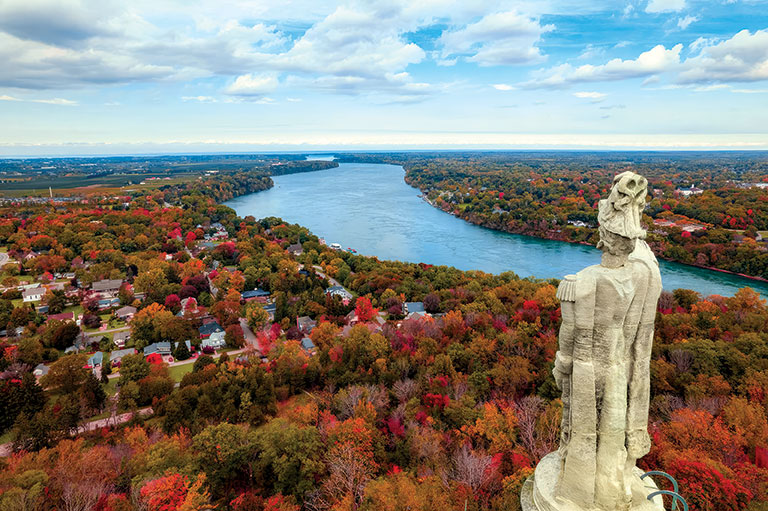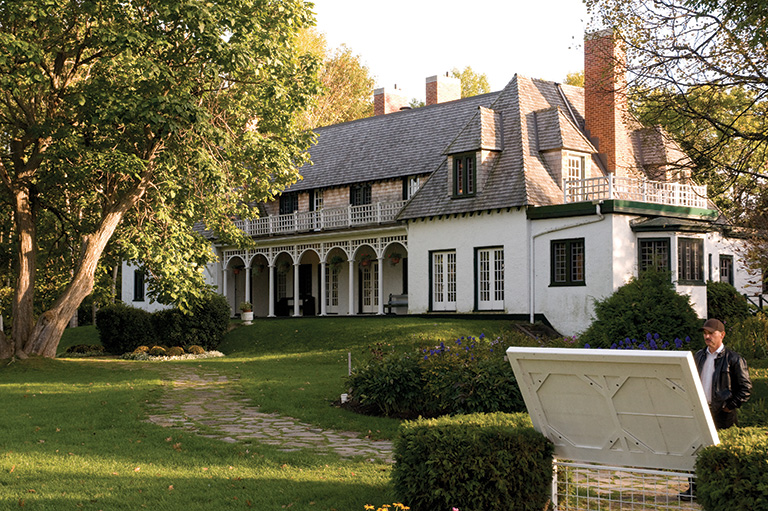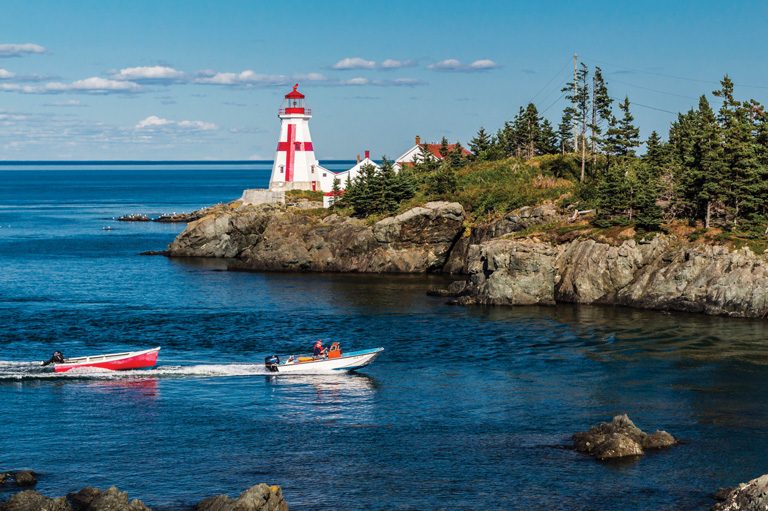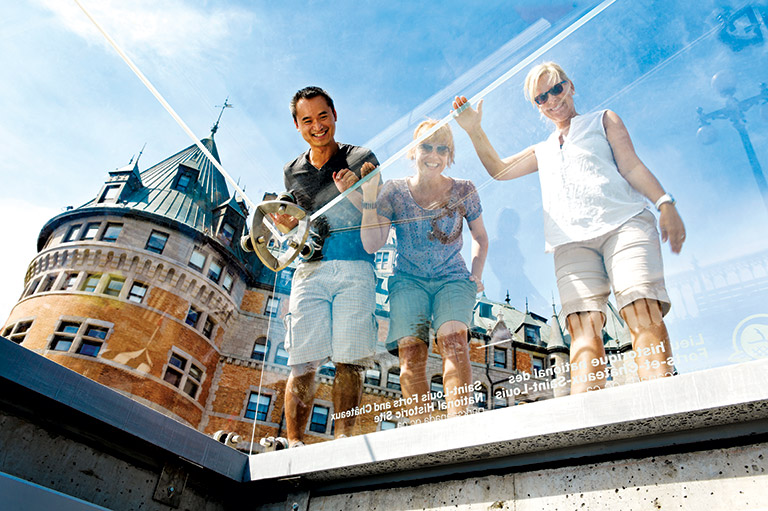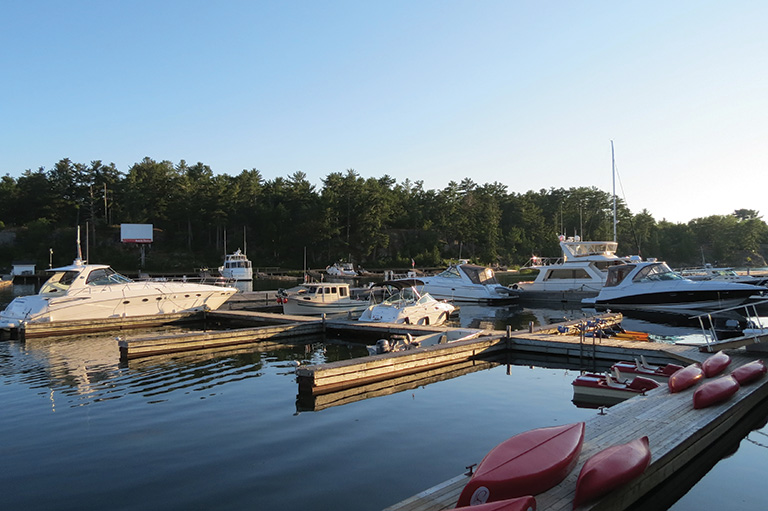French Connection
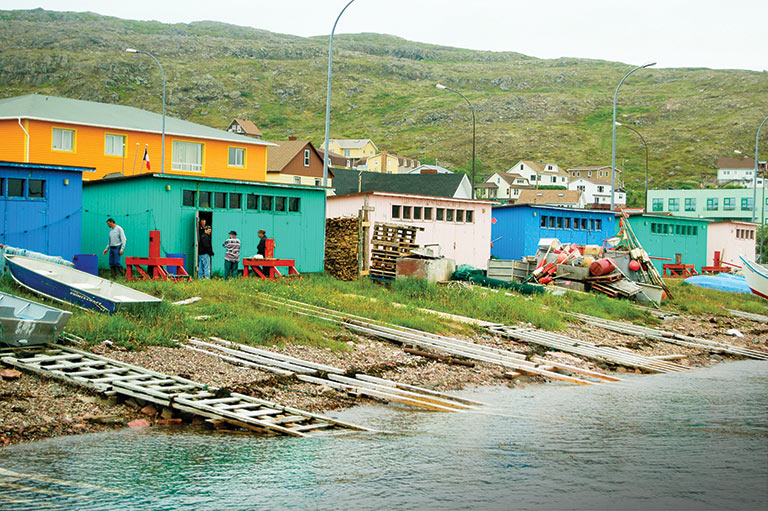
When four thousand kilometres of cold northern seas separate you from the motherland and a young foreign country looms nearby, you really can’t help but develop a culture all your own. The archipelago of Saint-Pierre and Miquelon, a French “overseas collectivity” of about six thousand people that sits just off Newfoundland’s Burin Peninsula, manages to be at once New World rugged and Old World refined — decidedly French but with a unique history that is almost inseparable from Canada’s.
As our ferry from Fortune, Newfoundland and Labrador, enters the Saint-Pierre harbour, the first thing we see are colourful houses ranging up what can only be described as a giant rock looming out of the ocean. The landscape says you’re still in Newfoundland, but the tricolour flags and the Citroën delivery vans shout, Vous êtes en France! My older son asks about buying some stamps and discovers he has about twenty minutes to do so before the post office closes for the rest of the day … and then for the weekend. Definitely France.
Lauriane, our guide for a walking tour the next morning that focuses on local architecture, notes that the houses have been built — and, due to frequent fires, rebuilt — over the centuries using wood imported from Canada. Every aspect of life on Saint-Pierre is subsidized by the French government, including the use of real wood siding and the regular repainting of homes.
With 7 uniquely curated newsletters to choose from, we have something for everyone.
When the collaborationist Vichy government took power in France in 1940, during the Second World War, Canada suddenly had a hostile presence not far offshore. Neighbouring Newfoundland, then still a British colony, and Canada both feared that Germany could use Saint-Pierre as a base from which to launch an attack. While Britain rejected Newfoundland’s proposal to invade the archipelago, Canada quietly lent support to plans to free it. As we pause at the war memorial, Lauriane explains that on December 24, 1940, a small group of Free French forces landed on Saint-Pierre and removed the governor to one of their ships. The whole thing took less than an hour. Residents voted on Christmas Day to support the overthrow, making Saint-Pierre the first part of France to be liberated.
Canada also figured prominently in the most prosperous era of Saint-Pierre’s history: prohibition. Canadian distilleries continued to produce alcohol and sold it legally to the French outpost, where huge warehouses soon sprang up along the waterfront. Rumrunners sent their orders by mail or telegraph, and well-organized teams of Saint-Pierrais (residents of the island) transported the requested bottles by wagon or sled to the docks for eventual sale in the United States. “Our streets were literally paved with the profits from prohibition,” said Jean-Pierre, our guide for the afternoon.
Advertisement
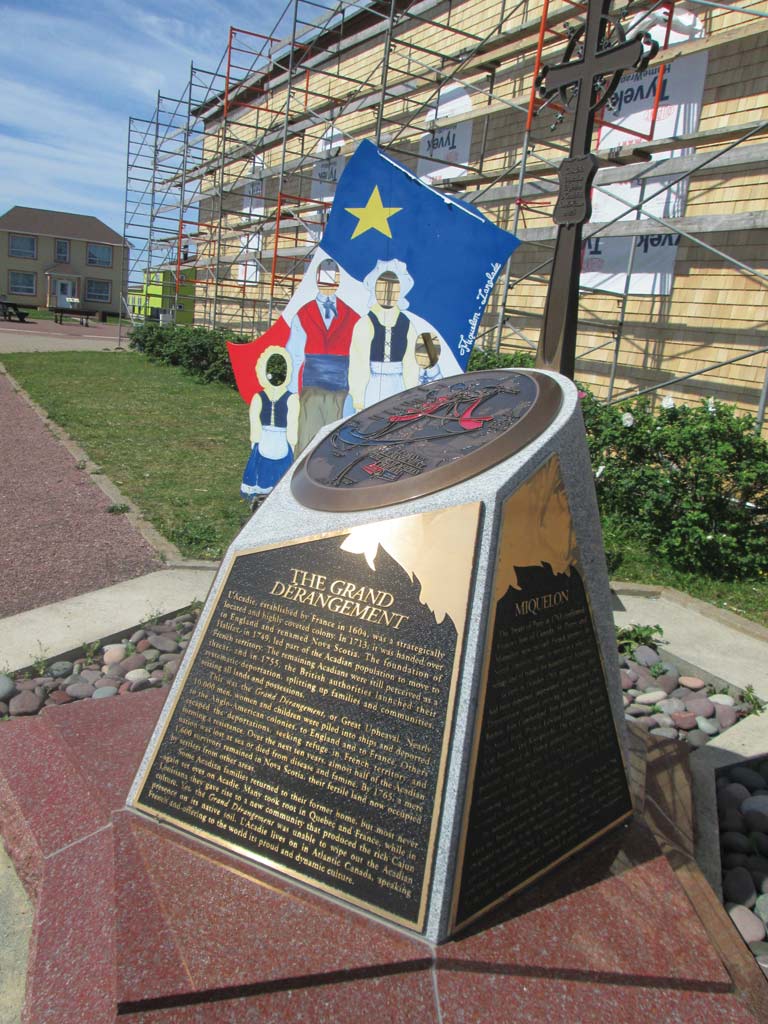
The next morning sees me on an early ferry to nearby Miquelon while my teenaged sons stay behind to explore sights, such as a cemetery with above-ground plots, and to sample the local crème glacée. My ferry is packed with day trippers and cottagers; apparently, many locals escape the hustle and bustle of Saint-Pierre (population 5,500) to vacation on Langlade, once a separate island but now connected to Miquelon by a sandbar. We anchor offshore and hop onto a Zodiac, which the crew piles perilously high with coolers, luggage, and, naturellement, large plastic containers of carefully packed pastries.
The driver takes an American couple and me on a tour of peaceful Miquelon, sunny and breezy on a quiet Sunday. As I walk through the village, also called Miquelon, I’m surprised to see flourishing vegetable plots in the neatly fenced yards. It turns out that there are small farms and market gardens on Miquelon, which is sandy and relatively fertile compared to rocky Saint-Pierre.
In the centre of the village, beside Notre-Dame des Ardilliers church, stands a monument to the Acadians who became some of the first permanent settlers on the archipelago after they were expelled from what are now the Maritime Provinces in Le Grand Dérangement of the mid-1700s. The threads of history bind our countries tightly indeed.
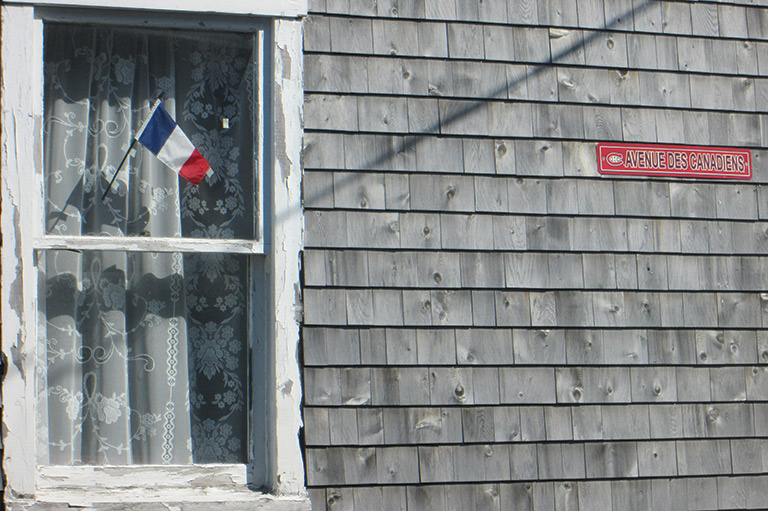
Woven into that tapestry are tragedies in the waters around Saint-Pierre and Miquelon. More than six hundred ships have been wrecked there since the 1800s; Canadian ships have been lost even in recent decades. You can explore shipwreck history at the Archipélitude Museum, located in a former schoolhouse across the harbour from Saint-Pierre on Île aux Marins. Now mostly a cottage community, the island is also home to a war memorial and walking trails.
For Canadians accustomed to being overshadowed by all things American, it can be odd to see our country cast as the overbearing neighbour. For instance, Saint-Pierrais felt steamrolled by the collapse of the East Coast cod stocks and Canada’s subsequent moratorium in the 1990s.
Anyone interested in stories of our past will find it especially fascinating to see how they are reflected back to us from this unique little corner of France.
We hope you’ll help us continue to share fascinating stories about Canada’s past by making a donation to Canada’s History Society today.
We highlight our nation’s diverse past by telling stories that illuminate the people, places, and events that unite us as Canadians, and by making those stories accessible to everyone through our free online content.
We are a registered charity that depends on contributions from readers like you to share inspiring and informative stories with students and citizens of all ages — award-winning stories written by Canada’s top historians, authors, journalists, and history enthusiasts.
Any amount helps, or better yet, start a monthly donation today. Your support makes all the difference. Thank you!
Themes associated with this article
Advertisement
Save as much as 40% off the cover price! 4 issues per year as low as $29.95. Available in print and digital. Tariff-exempt!





